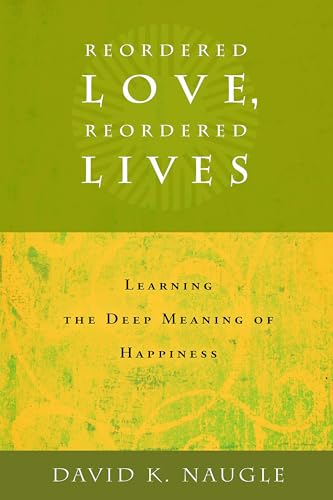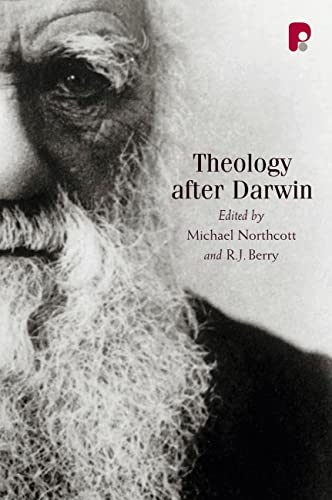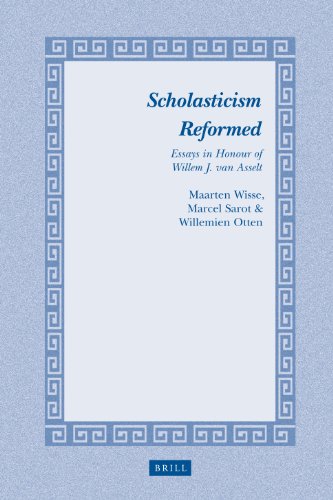Reframing Biblical Studies: When Language and Text Meet Culture, Cognition, and Context
Written by Ellen van Wolde Reviewed By Tarcizio F. CarvalhoEllen van Wolde is a professor at Radboud University in the Netherlands. Her book is being hailed as a novel framework in biblical studies. Popular press announced a long awaited new translation of the verb bara’(“to create”) of the biblical Hebrew, even though the book is much more than a debate with regard to one word. According to the press at that time (October 2009), her conclusion is that God did not “create” the universe, but rather “separated” preexisting material. This dramatic quotation triggered curiosity of how that could be after thousands of years: “The traditional view of God the Creator is untenable now”!
Wolde’s explosion was heard not only in biblical studies circles. In the beginning of October, websites that work under a more sensationalist approach in Brazil echoed her thoughts about the verb bara’ as making separation instead of creating.
Ellen van Wolde has engaged herself in this field of cognitive linguistics applied to biblical studies. She has decided to publish this book while everything is still boiling on the linguistic ground. Her motivation began after she perceived that biblical studies lacked more connections to neighborhood areas of study. As a result, she proposes a more integrated approach, suggesting cognition as a kernel. The cognitive aspect becomes incarnate by language, she contends, which connects different areas of study: “Brain activities, individual sensations, experiences, social and cultural routines are intimately intertwined” (p. 2). For all that matters, it is a hard task, and she deserves honor and support for such authentic work.
Since the seventies, linguistics has strongly influenced biblical studies. Wolde fits better with those who treat specific problem areas in biblical Hebrew in terms of one particular modern linguistic theory.
The book starts with wide-ranging concepts from cognitive grammar (chs. 1–6). She draws on Ronald Langacker’s cognitive grammar and builds up her cognitive relational approach on five brief pages (ch. 7). Chapter 8 is the supposed outlined methodology applied to a lexical analysis of the word timme’. Chapter 9 takes up the cognitive analysis of timme’ provided in the previous chapter to understand its use in an extended example from Gen 34. The book ends with a short retrospective (ch. 10).
I suspect that the majority of Wolde’s book will not make sense to a reader who is not coming from a linguistic background. A further obstacle arises because the terminology of cognitive linguistics is not entirely standardized (prototype, profile, trajectory, base, landmark), both because it is a new field and because it interfaces with disciplines different from the biblical exegete’s milieu. After understanding the terminology, one would muse on the value that cognitive grammar methodology has effectively added to the discussion that a close reading would not.
The introduction is particularly valuable because it sets the importance of Wolde’s analysis of what is lacking in the general context of biblical studies. Anyone will benefit from her investigation. Additionally valuable is chapter 10. Not only does she overview the book and the content of each chapter, but also she outlines the underpinning insights of her approach. I would rather make chapter 10 part of the introduction.
As for Wolde’s controversial thesis regarding the meaning of the verb bara’ as “to separate,” I’d better skip this debate and save time pointing out an article from Bob Becking and Marjo C. A. Korpel, “To Create, to Separate or to Construct: An Alternative [to] a Recent Proposal as to the Interpretation of כרא in Gen 1:1–2:4,” JHS 10:3 (2010). Their treatment of the meaning of bara’ is comprehensive and accurate.
I am disappointed in this book because I was tracking her proposal of a more integrated approach, but it is not there. Of course, integrated areas is something to celebrate. However, trying to put many loose ends together neither clarified cognitive grammar nor the ways those neighbor areas could be of any help to exegetes or preaching pastors. The task is so challenging that even Wolde is not able to manage such interaction with different areas of study as the analysis of the verb tm’ covered by two chapters proves. It is basically another method of reading the Hebrew text.
Readers informed by any linguistic approach should read this book. I would call readers’ attention particularly to what she sets out to do in terms of a new way of thinking about lexicography.
Tarcizio F. Carvalho
Andrew Jumper Graduate Center, Mackenzie University
São Paulo, Brazil
Other Articles in this Issue
Most of us, I suspect, develop fairly standard ways, one might even say repetitive ways, to appeal to the motivations of our hearers when we preach the gospel...
How to Write—and How Not to Write—A Review: An Appreciative Response to Reviews of Ancient Near Eastern Themes in Biblical Theology by Dempster and Edgar
by Jeffrey J. NiehausI want to thank Themelios for the unusual opportunity to interact with two reviewers of my book Ancient Near Eastern Themes in Biblical Theology...
Parallels, Real or Imagined? A Review Article of Jeffrey J. Niehaus, Ancient Near Eastern Themes in Biblical Theology
by William EdgarWhen I came to Westminster Theological Seminary in Philadelphia as a young student in the 1960s, two things struck me...
Why Evangelicals Should Ignore Brian McLaren: How the New Testament Requires Evangelicals to Render a Judgment on the Moral Status of Homosexuality
by Denny BurkIn 2006 on Christianity Today’s leadership blog, Pastor Brian McLaren urged evangelical leaders to find a “Pastoral Response” to their parishioners on the issue of homosexuality...
A Member of the Family or a Stranger? A Review Article of Jeffrey J. Niehaus, Ancient Near Eastern
by Stephen DempsterWe cannot overstate how important knowing the context is for understanding the significance of any communication, whether that is a simple word, sentence, paragraph, larger text, sign, photograph, or cultural cue...







